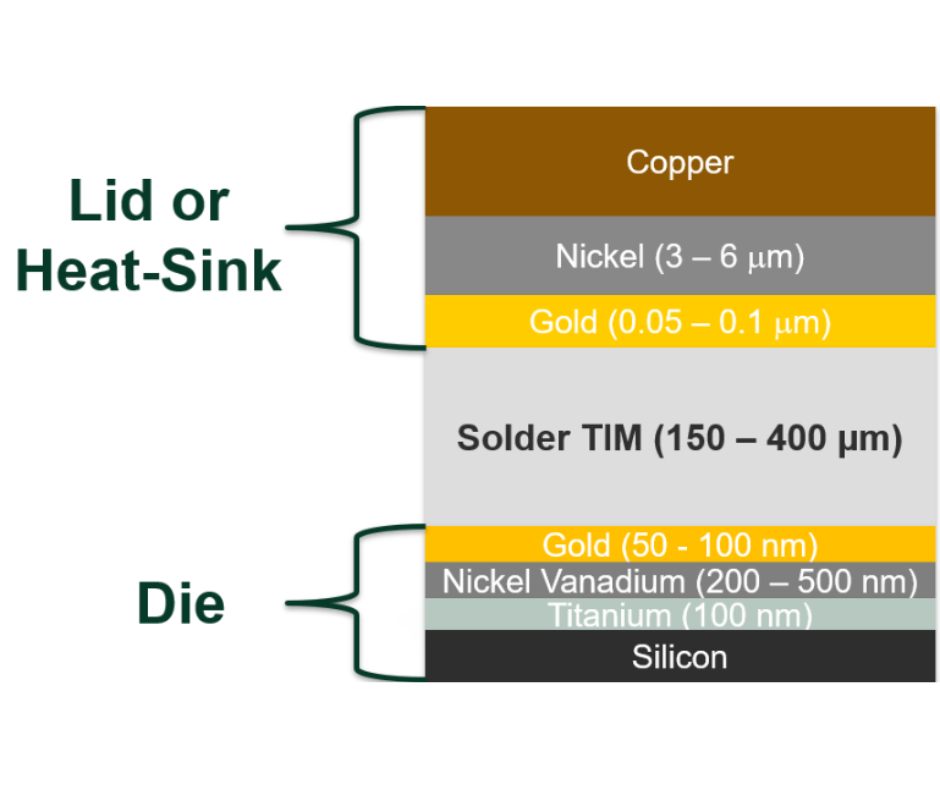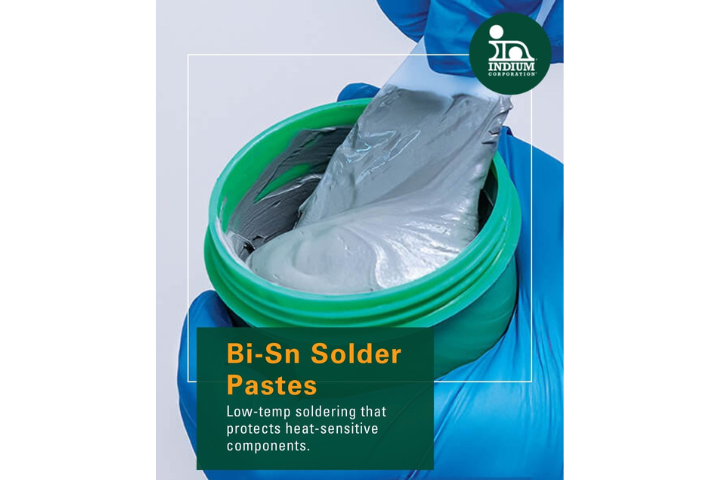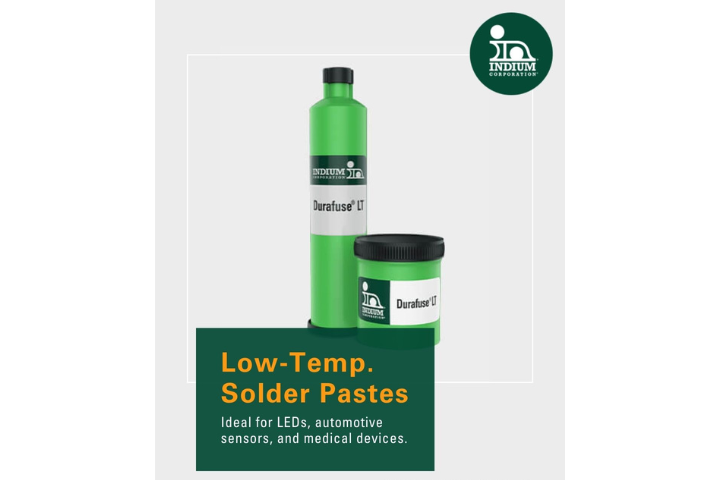Over the years, solder alloy choices have been pretty stable. In the last century, SN63 and SN62 could be foundat any company making any kind of electronic device, and both alloys were the backboneof every company making solders.
But, whenlead was identified as causing health issues, itwas legislated out of everything from paint to gasoline to electronics, including solders. In 2003, RoHS (Restriction of Hazardous Substances)was passed in Europe to restrict the use of lead (as well as mercury, cadmium,hexavalent chromium, and polybrominated diphenyl ethers: PBDE) in electronics and electronic equipment.
Theelectronicsindustry is now focused on SAC alloys (so named because they contain Sn, Ag, and Cu). But, there is also SnAg, which was used in the lead era when a higher melting point was required. The addition of the copper (in SAC) offers the benefit of improving wetting and potentially reducing the silver content from a non-copper alloy like 96.5Sn 3.5Ag.
But, there are many applications where SnAg works well. Changing from it would require customer and/or government approval, and that involves a lot of extra money and time.This lead-free alloy works well inthe assembly of a variety of medical devices that use non-traditional metallizations and fluxes. The Cu addition (in a SAC alloy) probably would not improve the results enough to warrant the cost of requalifying an existing medical device through government agencies, so they stay with what works.
So, if you are using96.5Sn 3.5Ag (or 96Sn 4Ag), don't be afraid to stick with it. Indium Corporation offers both of these solder alloys (andover 250 other alloys)in a variety of forms: preforms, wire, paste, and ribbon. And, if you want to look at the SAC alloy family to see if it works better in your application, we will help you with that, too. Just contact our Application Engineering Staff for help.



